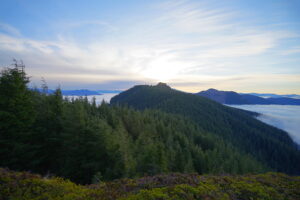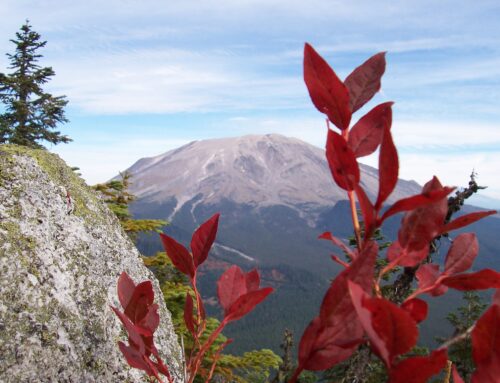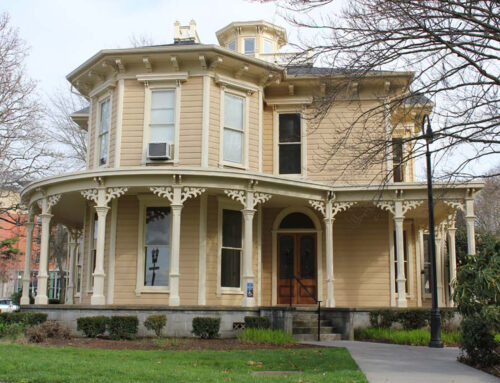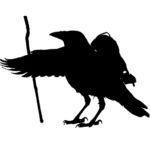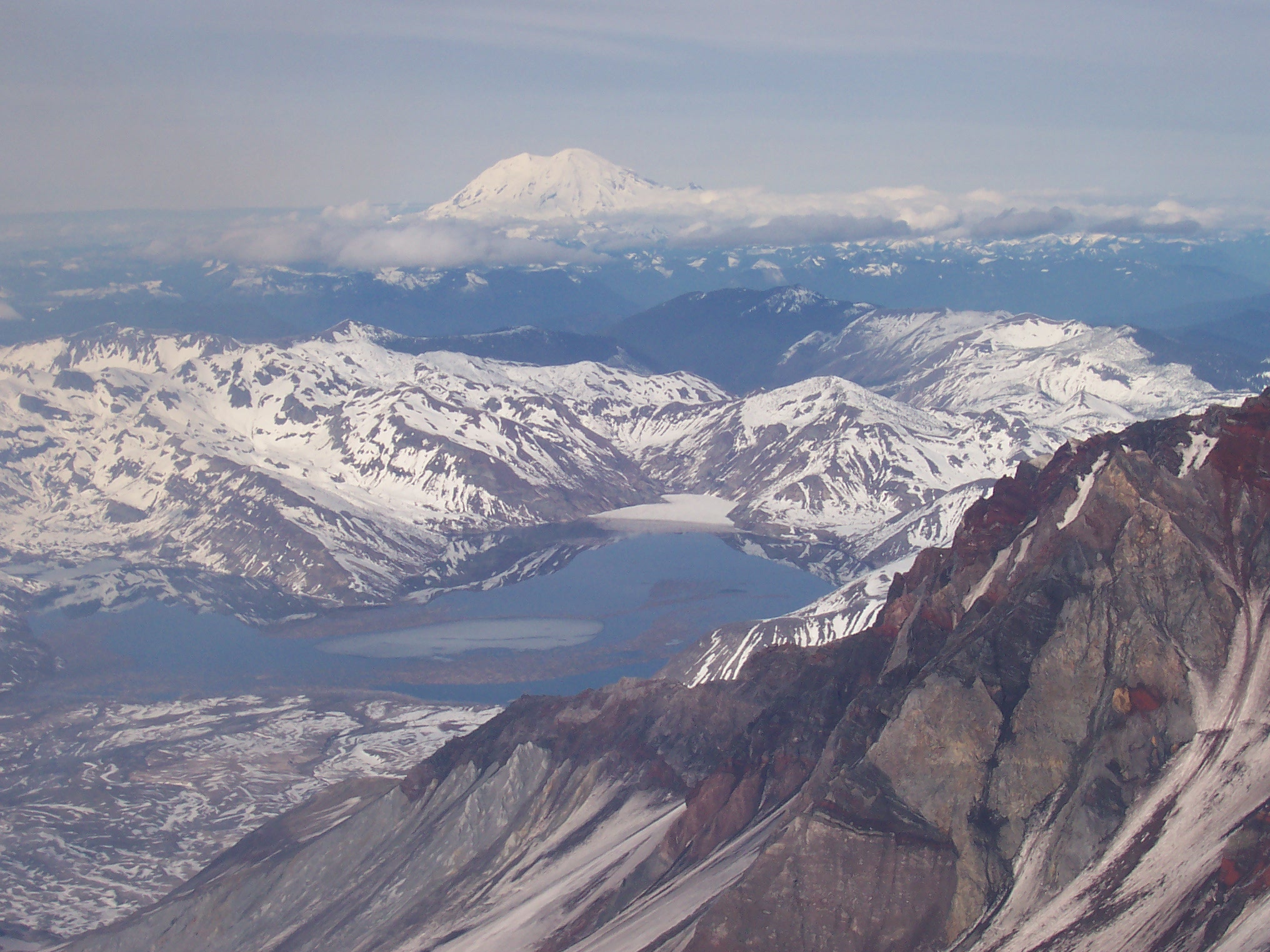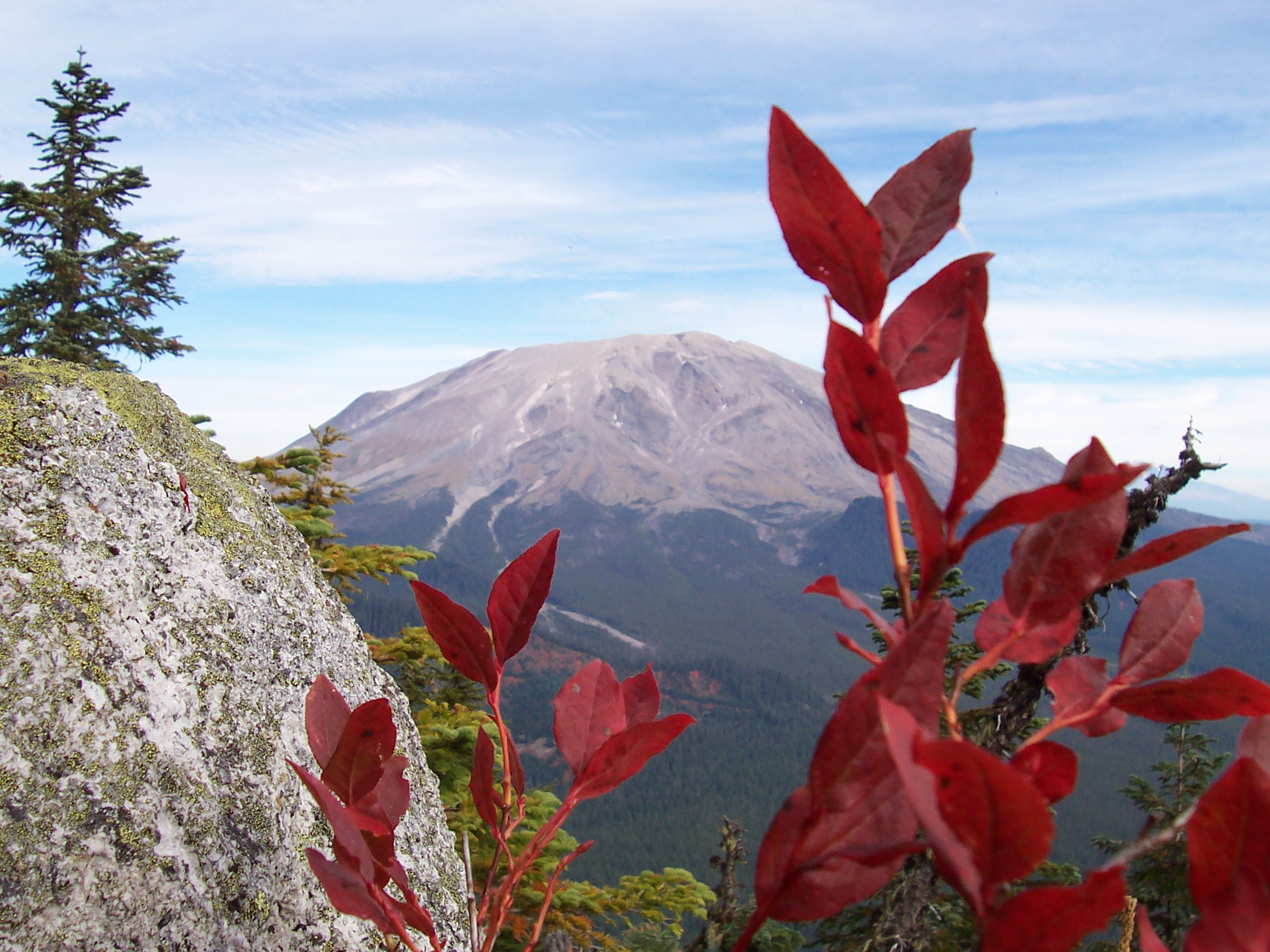Your Content Goes Here
The tears dried rapidly. The cool evening wind glides across the cliff face. The sun is just set to my left, marking the end of a twenty year chapter. A long time alone. The summer solstice is cool and damp, as usual. I stand at the cliff edge, hands stuffed in my parka pockets, watching the eastward flow of orange-hued clouds approaching my campsite on Sugarloaf Mountain. This Land around me, from Fossil Creek to the Soda Peaks, from Bear Camp to Cooney Point, has been an anchor in my life. One of the most stable things I know.
That stability allowed an isolation, an investment away from the human. Natural patterns, though chaotic, are mostly consistent and predictable. Nature knows no avarice. Thus, the grey melancholia of cloud-shrouded fir trees standing silent around the western edge of the talus field on Sugarloaf’s north slope was a familiar scene, a representation of countless encounters with that ecosystem. Early on, before Sugarloaf was discovered by the internet, an elk cow herd could be expected just beyond those trees. Finding them, meeting their bulls where the trail briefly flattens before the final climb, was like a visit with old friends. The consistency of this connection provided a spiritually safe place. It contrasted my experience of exploitive patterns found in many human relationships.
Place is a part of our identity. It is part of the larger whole in which we exist as individuals. By repeatedly returning to the same land we bond to it, and a sense of belongingness emerges. The familiarity of the patterns of a place, knowing it over long periods and various seasons, creates a sense of rootedness. In time, we see ourselves within the web of life.
This was my experience with the western Gifford Pinchot. Beginning with a time of curiosity and exploration, I began to know this Land well. Year after year, I chose to return to its places instead of seeking the novelty of new lands. Eventually, a sense of kinship and responsibility arose. I came to see this place as part of myself. In other cultures and times this bonding process was ubiquitous to the point of being unconscious, the blue of their sky. With the separateness of modern civilization, however, many of us must rediscover our place in the way of things.
As a boy, the woods were a welcoming place. The sweet, lemony pungence of the fir forest blanketed the senses on a scorching summer day. We had climbed near to the top, the straight trunk of the evergreen and its spiraling ring of branches created a ladder as high as we dared go. Eventually, we paused as the branches began to bend under our weight. With pitch on our hands and pockets full of green needles we had satisfied our masculine need to move. So, too, it was in the winter, when the rains came. I walk towards the fence, my pants already soaked with the wetness that is everywhere. In thirty minutes I am past the lines of barbed wire, standing next to the murmuring stream, an arms-length wide tributary to Riley Creek. It meanders around grass and ferns as the water makes its way to the Lewis, the Columbia, and the Pacific. I did not know that geography then, but I could feel the calm awareness in that meadow that it all fit together.
Clark County had yet to be swallowed by the urbanization that would destroy patterns of living stretching back nearly two hundred years. We boys all bucked hay each late spring harvest season. We watched the mountain explode, wore our dust masks for the following week. I knew the trees on the edge of that Riley Creek Valley that the sun hit each morning as it progressed north and south through the seasons.
I came back, after the army, and now this place is nearly gone. Asphalt, strip malls, and track homes cover fields I walked during haying season. The warm silence and golden, knee-high grass of the late spring now replaced by cars, bustle, and people everywhere. Everyone here, now, in such a hurry; nearly all from somewhere else. The city has reached us, and our sense of belonging is nearly dead. In American culture there is no ritual to express what I feel. No funeral to farewell what we do not even recognize was alive.
I continue that connection, but farther on. I discovered that belongingness in the nooks and crannies, and also the more popular places, around Mt. St. Helens. Places where one can still stand and hear silence. These places maintain my sense of identity, as Clark County is progressively overrun.
I stand above the short, rocky gorge. Ole Creek is a low, silver roar twenty feet below. The tangle of old growth logs, boulders, and lava appear impassable. Boot soles are carefully placed on the slope among the ferns, roots, and mud. I am reluctant to reverse and climb back through the salal to the trail north of Sugarloaf. I am committed to this loop. Eight miles ago I woke to a wet bivy on the cloud-shrouded, rocky summit of Mitchell. Years of staring at the map, and this day culminates the exploration. Does the ridge go through? If so, it would make a neat route between Mitchell and the old log sorting yard. I stand some minutes and consider. One slip off that log and I will break bones on the stones below. No one knows where I am. The answer is no, the ridge is no neat route, but fatigue beats prudence. I shuffle across. Now the nerves rise, as I am committed to the creek. If it cliffs again, I am likely trapped. Luck carries, though, and the subsequent minor falls are all easy down-climbs. Ole progressively gentles into sandy braids as it runs its final pitch to join the Lewis. The pit in my stomach and my low energy indicate that I am dehydrated and hypoglycemic. I sigh and bark a victorious yelp as the bridge across the IP10 road comes into view.
That trip to mark solstice was one of many from before. Its purpose to pay respects to the ceaseless pulse-beat of time. An acknowledgement that we are they who are alive today. Likewise, this Land, just a spot in the wide expanse. Nonetheless, I remain rooted, to this place, at this time. I am thankful to have been a part of it. A place, in time.
